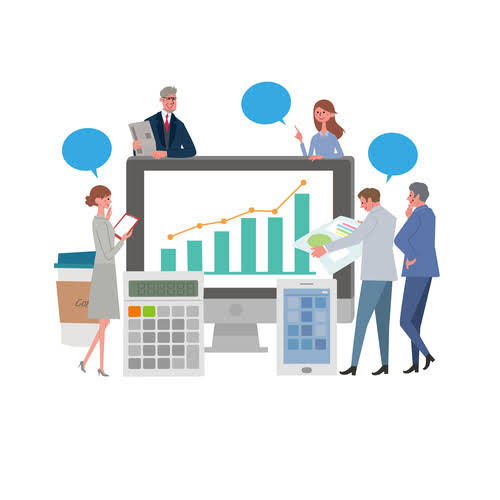
For SaaS companies, like other companies, you need to track expenses and manage corporate spend, while matching expenses with related revenues using the accrual method of accounting. Under the GAAP matching principle, costs and expenses are matched for recognition in the same accounting period as related revenues. And while our site doesn’t feature every company or financial product saas accounting available on the market, we’re proud that the guidance we offer, the information we provide and the tools we create are objective, independent, straightforward — and free. Similarly, firms that experience rapid growth, or those whose needs fluctuate significantly seasonally, can leverage the flexibility IaaS offers to scale up or down based on the firm’s current needs.
One aspect that makes SaaS accounting different is the dynamics of cash flows in SaaS businesses. For instance, recurring payments and the ability to downgrade, upgrade or purchase add-ons make SaaS accounting different from traditional models. Furthermore, the success of the SaaS business is dependent on whether customers are willing to make recurring payments to access a product. ASC 606 (jointly issued by the FASB—Financial Accounting Standards Board and IASB—International Accounting Standards Board) and IFRS 15 are both titled Revenue from Contracts with Customers. Both ASC 606, a GAAP accounting standard, and global accounting standard IFRS 15 require recognition of subscription SaaS revenue over the time of the contract. This revenue recognition method is used instead of recording all revenue immediately upon billing or when the cash is received from the customer.
Types of SaaS accounting
In this scenario, the costs would be expensed when the customer receives the configuration or customisation services. Under IAS 38 / AASB 138, services are received when they are performed by a supplier in accordance with a contract to deliver them to the entity, and not when the entity uses them to deliver another service. This means the costs are expensed as the service is received and not when the customer accesses the SaaS arrangement to which the configuration and customisation services relate. With certain types of automation software used by SaaS companies, your business can reduce its fraud risks and errors and automate its global regulatory compliance, including tax compliance.

The performance obligation guidance in IFRS 155 provides a relevant framework to determine whether implementation services are distinct from the SaaS. If a company determines that a hosting arrangement does not give rise to a software intangible asset, it recognizes the related expenditure as it receives the SaaS – i.e. over the SaaS period. Conversely, a company recognizes a financial liability if it receives access to the software in advance of paying for it. For those situations where the customer https://www.bookstime.com/ engages a third party to supply the configuration or customisation services, the costs are recognised as an expense when the third-party supplier configures or customises the application software. Building on the earlier agenda decision discussed above, the April 2021 agenda decision considers how to account for costs incurred to configure or customise a supplier’s application software in a SaaS arrangement. When your business gets a new subscription from a customer, it’s considered a Booking.
